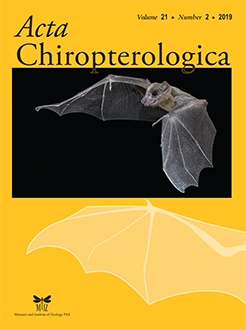Among mammals, bats represent the most diverse order regarding feeding habits, with such variety of diets influencing the antioxidant capacity of tissues. While frugivory provides an intake of natural antioxidants, such as carotenoids and vitamins, which support non-enzymatic antioxidant defense, a blood meal, as consumed by vampire bats, is rich in protein and iron, which are assumed to induce reactive oxygen species (ROS) accumulation. Nectar is another food item shared by a few bat species, and also possesses the potential to generate ROS through glucose auto-oxidation. The aim of this study was to investigate differences in the antioxidant capacities of tissues (liver, muscles, heart and kidneys) in the adult male blood-feeding bat Desmodus rotundus (n = 11), fruit-feeding bat Sturnira lilium (n = 8) and nectar-feeding bat Anoura caudifer (n = 6). Superoxide dismutase and catalase activities were higher in the liver and muscles of blood-feeding and nectar-feeding bats, respectively. Superoxide dismutase was also higher in the kidneys of blood-feeding bats when compared to frugivorous S. lilium. Glutathione S-transferase showed its highest activity in the liver and muscles of frugivorous A. caudifer and in the kidneys of sanguivorous D. rotundus. Lipid peroxidation, measured through malondialdehyde levels, was lower in the liver and heart of frugivorous bats and in the kidneys of nectarivorous bats. The results showed that feeding habit influences the antioxidant capacity of tissues involved in metabolism, and all three bat species showed different adaptations to their diets. In general, even facing high oxygen consumption and dietary challenges, D. rotundus and A. caudifer showed a higher capacity to combat oxidative damage, which might contribute to their longevity compared to similar sized mammals.
How to translate text using browser tools
2 March 2020
The Antioxidant Status of Three Neotropical Bat Species with Different Feeding Habits
Renata M. Pereira Freitas,
Jerusa M. Oliveira,
David L. Justinico Castro,
Mariaurea Matias Sarandy,
Reggiani Vilela Gonçalves,
Mariella Bontempo Freitas
ACCESS THE FULL ARTICLE

Acta Chiropterologica
Vol. 21 • No. 2
December 2019
Vol. 21 • No. 2
December 2019
diet
frugivorous
hematophagous
nectarivorous
oxidative stress




